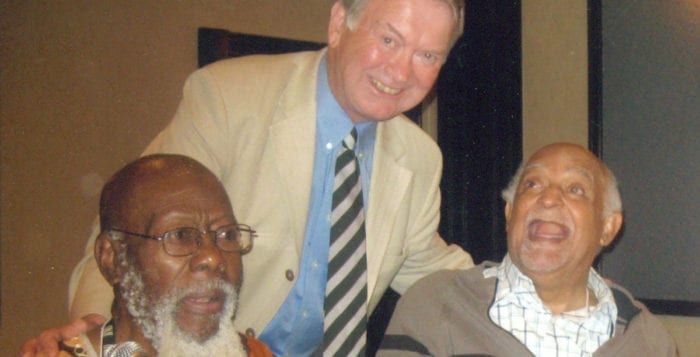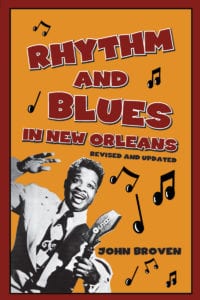Reviewed by Jeffrey Sanzel
Jeannie Moon’s latest romance novel, “Then Came You,” is a wonderful portrait of love in a small town and gets to the heart of what really makes a family.
The book is cleverly rooted in a legend connected to the history of the fictional town of Compass Cove, founded 1667. The prologue tells the story of a young widow, a compasssmith and a needle that pointed not north but to an individual’s true north (i.e., love). It is a sweet tale and one that sets just the hint of magical realism (and will surface later in the novel).

At the center of Moon’s novel is 29-year-old Mia DeAngelis “who in another life … would have been a star. In this life, she was doing damage control. Again.” Mia is raising her orphaned nephew, Ben, after her sister’s suicide nine years earlier. Initially, Mia’s rather cold mother was raising Ben with Mia’s father. After the two were hit by a drunk driver, taking the father’s life and injuring Mia’s mother, it was decided that Mia should become guardian.
There is nothing of the Hallmark movie about Moon’s dealing with the dysfunctional pieces of the family; she has created real people in a complex situation. Mia’s desire to adopt Ben is very candid and the complications that ensue feel honest. Mia is faced with the double challenge of being a single mother who is not the biological mother. This desire to adopt Ben is the driving force in her life and in the story.
Ben is now an active 10-year-old boy who Mia has moved from Maryland to raise Ben in Compass Cove where she had summered as a girl. Her grandmother, a vital and free spirit, pitches in and Mia is finding a new life. There is nothing random about the relocation from a city to the Long Island suburb. Mia is doing everything she can to save Ben from himself and the latent anger that is brewing beneath the surface. Gradually, it is revealed that Mia lived in the shadow of her thinner, prettier sister — “the sainted Sara” — and is just now coming into her own. It is clear that the sister’s suicide had been a destructive force in all of the family members’ lives, and they are each dealing with it in a different way.
Mia has taken up the post of librarian at the local university, and it is there she begins to find romance. Prior to Compass Cove, she had been unlucky in dating, not having had a second date in five years or a real relationship in nine. Ben has become her whole life and she has accepted that this is her lot. At this point in her life, Mia has never been in love.
Her immediate chemistry with the college football coach Adam Miller is helped along by Adam’s kindness to Ben and his welcoming the boy to become a sort of mascot to the football team. Adam, a former pro-athlete and past “bad boy,” is smitten with Mia. Adam has a long history of risk-taking that ended his professional career but helped him find himself. A native of Compass Cove, he moved back home to find balance again. Their attraction is natural and believable and electric at the get-go.

There are struggles from the beginning of their courtship (Mia’s mother, even at long distance, has a real canker about sports in general and athletes in particular) but their attraction is undeniable. The novel addresses real fight-or-flight issues in relationships and the challenges that force people to put up walls and barriers.
Moon shifts effortlessly between the voices of Mia and Adam, changing syntax and diction seamlessly, alternating between the articulate and educated Mia and the slightly rough-hewn Adam.
After Adam stands Mia up for a date, she becomes more involved with Noah, a self-important professor, who is “the right guy” and ticks all of the appropriate boxes — but who is clearly not the right choice. Mia begins seeing Noah seriously but is constantly drawn back to Adam.
It is in a crisis involving Ben that the two suitors true colors come out, and Moon deftly addresses the issue of what makes a hero and, ultimately, what makes a good man.
There is plenty of heat between Mia and Adam and their passion is vividly depicted. Their intense and breathless physical compatibility leads to deeper feelings and the examination of second chances and what defines “the love of your life.” One chapter ends with Adam’s plea to himself: “Love her back. Just love her back.” Likewise, when she looks into Adam’s eyes, she sees the future — their future. In “Then Came You,” passion and intimacy are about trust.
In the background of the burgeoning relationship is a cast of interesting and engaging characters, including both their grandmothers, whose families are longtime Compass Cove residents and are involved without the caricature of meddling.
One of the richest characters is Mia’s mother, Ellen, a distant woman of strong opinions and a judgmental streak who has become acerbated by her daughter’s and husband’s deaths. Living in Charleston, Ellen does not want to give up legal custody of Ben and yet she doesn’t want to take full-time responsibility as it would interfere with the new life she has set for herself. While she is mostly portrayed in phone calls, the depth of her control permeates Mia and Ben’s lives. Moon has well-crafted Ellen’s literal and figurative disconnects and becomes the threat to Mia’s adoption of Ben.
In addition, the surfacing at Thanksgiving of Adam’s ex — the rail-thin, acid-tongued model Pilar — brings up doubts but then strengthens Adam and Mia’s future. This forced confrontation with his past, helps Adam grow yet another step toward what he really wants in the world. There is a late-in-the-game plot twist that enforces Mia’s complicated family history. But rather than feeling contrived, it is brutally honest and raises the final stakes in Mia, creating the family she truly craves.
If anything, “Then Came You” is a tribute to the support of a small town. “Mia had only started to learn it was okay to lean on others since moving to Compass Cove.” She moves from a life of isolation and the illusion of independence to embracing extended family in the form of friends and neighbors.
For both Mia and Adam, making Compass Cove a home brings out the good and the better in them. “Then Came You” is an appealing novel that will delight fans of both the romance and literature genres.
Jeannie Moon is the author of 15 published novels. Born and raised in Huntington, Moon is currently a librarian in the Smithtown school district and the president of the Long Island Romance Writers. “Then Came You” is the first book in her new Compass Cove series, published by Tule Publishing Group, and is available at Barnes & Noble, Amazon, Kobo and iBooks. Meet her at a romance author panel, The Power of Love, at Sachem Public Library in Holbrook on Saturday, Feb. 10 from 1 to 2:30 p.m. Books will be available for purchasing and signing. For more information on the author, visit her website at www.jeanniemoon.com.




 Kidnapping or Murder? The Alice Parsons Case shows the politics that can interfere with an investigation as the conflict between the FBI and local police left the case unsolved. The Murder of Captain James Craft stretches from Glen Cove to the Tenderloin and includes both deception and decapitation. The Samuel Jones Murder addresses capital punishment in light of a botched hanging in 1875. Buried treasure, a violated burial ground and obsessed gardener are examined in astute detail.
Kidnapping or Murder? The Alice Parsons Case shows the politics that can interfere with an investigation as the conflict between the FBI and local police left the case unsolved. The Murder of Captain James Craft stretches from Glen Cove to the Tenderloin and includes both deception and decapitation. The Samuel Jones Murder addresses capital punishment in light of a botched hanging in 1875. Buried treasure, a violated burial ground and obsessed gardener are examined in astute detail.

 How would you describe “How Now, Ms. Brown Cow?” to someone who hasn’t read it?
How would you describe “How Now, Ms. Brown Cow?” to someone who hasn’t read it? 
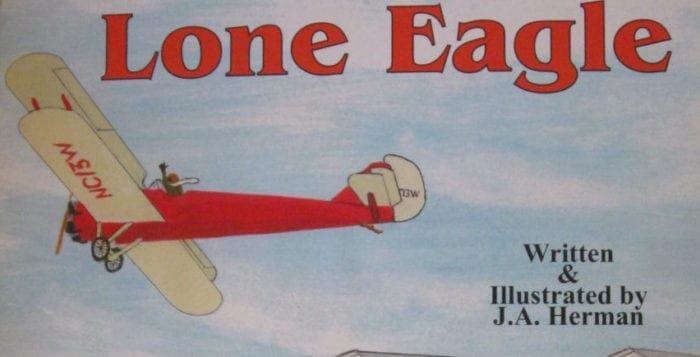





 Chapter 3, “The Living Harbor,” begins “The splendor of the harbor is largely identified with its living marine plants and animals.” It goes on to describe the huge variety of plants and animals that inhabit the area. In many cases the same is true for all the pocket bays in our area including Mount Sinai and Setauket.
Chapter 3, “The Living Harbor,” begins “The splendor of the harbor is largely identified with its living marine plants and animals.” It goes on to describe the huge variety of plants and animals that inhabit the area. In many cases the same is true for all the pocket bays in our area including Mount Sinai and Setauket.

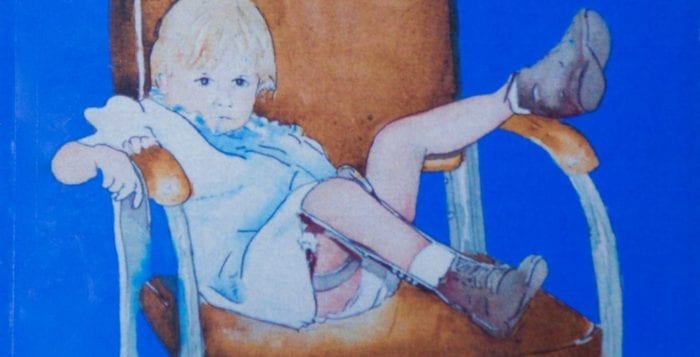

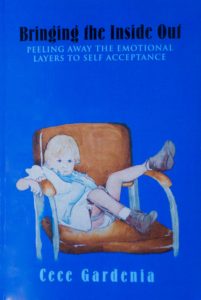 You also write in the book how Colette learned from “The Oprah Winfrey Show” that she had the “disease to please” syndrome. How did you overcome worrying about what everyone thought?
You also write in the book how Colette learned from “The Oprah Winfrey Show” that she had the “disease to please” syndrome. How did you overcome worrying about what everyone thought? 

